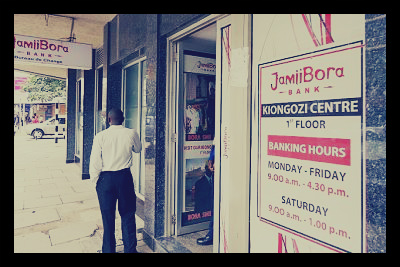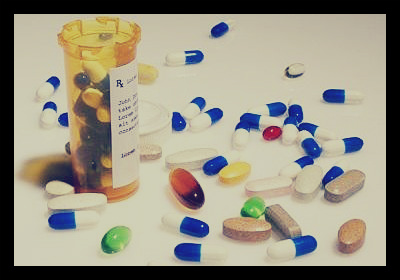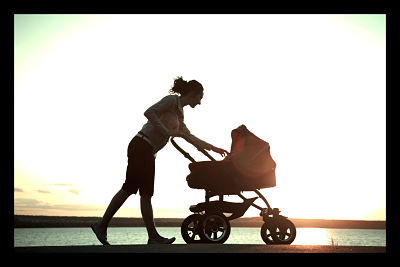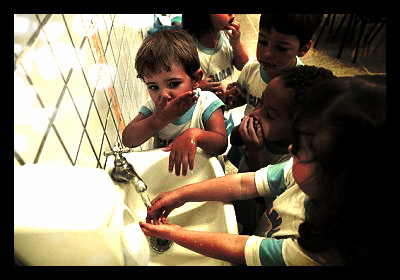Founded in 1998 under the name Yehu Enterprises Support Services (YESS), Yehu has always had a strong focus on low income rural entrepreneurs and women of Kenya. The company’s dedication to providing the aforementioned population with specially targeted products and services allows their customers to improve their economic position.
The most significant trait that sets Yehu apart is their commitment to responsiveness. The company receives feedback from their clients using surveys, focus groups, complaint resolutions, and market research. From these endeavors, employees are able to draw conclusions regarding what their customers want. Yehu believes that “access to responsive and sustainable financial services helps accelerate their clients’ ability to move up the economic ladder and improve their lives.”
The aforementioned dedication to customer satisfaction is clearly portrayed in their products and services. One of the products Yehu offers is known as the Maji ni Uhai (which means “water is life). The Maji ni Uhai allows the customer to choose from water tanks, water connectors, and fresh water wells. It involves “durable water tanks (both underground and storage tanks), piping, water harvesting infrastructure, water pans, and plumbing works.” This product is meant to provide clients with an uninterrupted sustainable supply of clean water for domestic and commercial use.
Among its other services, Yehu offers the following: Business Loans, Elimu Loans (school fees), Mabati Loans (home improvements and clean water harvesting), Emergency Loans (covers finances in case of an emergency or death), Poultry Loans, Meat Goat Loans, Sikukuu Loans (religious unemployment, covers costs of housing and food), and Top Up Loans (an additional amount given to clients with existing business loans to mitigate unforeseen business challenges). In all of these situations, Yehu values flexibility and responsiveness to customer needs.
According to the World Health Organization, there are only two registered medical professionals for every 1,000 patients in Kenya. A recent economic survey showed that only 19 public health officials and 18 doctors are available per 100,000 Kenyans. Those who have health insurance have the option to receive better care at a private health facility and have a much better chance of survival. However, few Kenyans can afford insurance for their families, much less themselves.
Thankfully, Yehu noticed this devastating problem and stepped up to the plate with the introduction of a brand new loan–the Afya Imara (“strong health”) loan. Boasting no HIV/AIDS exclusion, this loan allows Yehu members to purchase a combined in-patient and out-patient family insurance policy for $140 per year. To ensure the loan’s accessibility to the rural population, the company has offered them as low as 2 percent below market rate.
Another unique facet of Yehu’s business is how their credit officers operate. Eighty percent of clients live in the remote coastal villages of Kenya. Credit officers travel on foot or on motorbike in order to meet with clients weekly or bi-weekly. This distance would often be deemed a huge problem in regards to loan disbursement, but Yehu quickly figured out a solution.
All disbursements and deposits are made through “a network of local banks and post office outlets.” This prevents distance from becoming an issue and strongly displays Yehu’s commitment to accessibility and responsiveness.
– Samantha Davis
Sources: KIVA, Yehu
Photo: Joseph Hill








